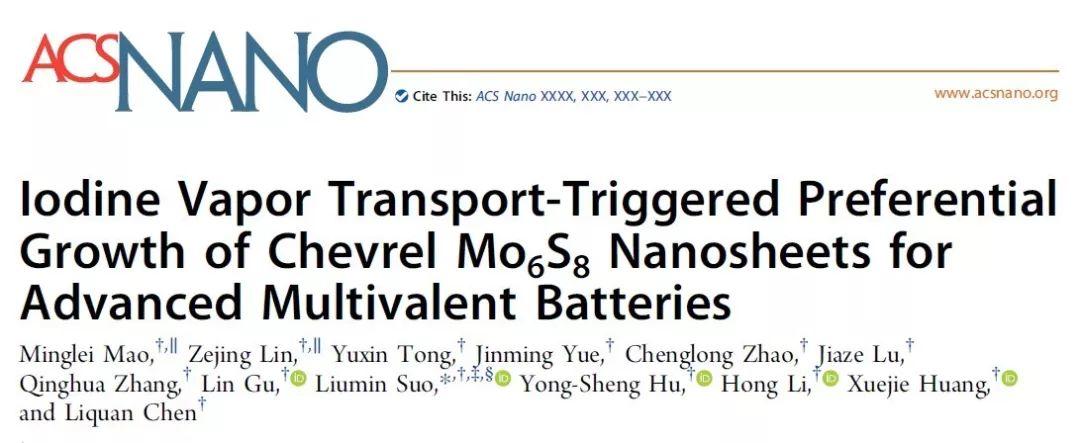
Additionally, the protection of the environment and human health against toxic chemicals or materials and regulatory demands have also been intensified. The technical and chemical developments in nanotechnology have clearly demonstrated that the schedule from invention to market release has become much shorter compared to the last century. In this review, an emerging database is described that contains valuable information for nanomaterial hazard estimation and should aid in the progress of nanosafety research. In addition, special attention was paid to titanium dioxide particles and this example is used to show with searches for in vitro and in vivo experiments on possible lung toxicity what a typical result of a database query can look like. The correlation of the NOAEL/NOEC values with the nanomaterial properties and the investigated endpoints has been tested in projects such as the OECD-AOP project, where the available data for inflammatory responses have been analysed. In addition to material properties, the most important value to be extracted is the no-observed-adverse-effect-level (NOAEL) for in vivo and the no-observed-effect-concentration (NOEC) for in vitro studies.


The resulting publications have been evaluated for their quality regarding the toxicological content and the experimental data have been extracted. The collection from the first phase between the years 20 contains about 11,000 articles and this number has been reduced by specific selection criteria. This paper describes a new database which uses an already existing data collection of about 35,000 publications. Several databases have been established to make the amount of data manageable, but these are often highly specialized or can be used only by experts.

The overall number of studies on the biological effects of nanomaterials or innovative materials is steadily increasing and is above 40,000. Hazard assessment is the first step in nanomaterial risk assessment.


 0 kommentar(er)
0 kommentar(er)
